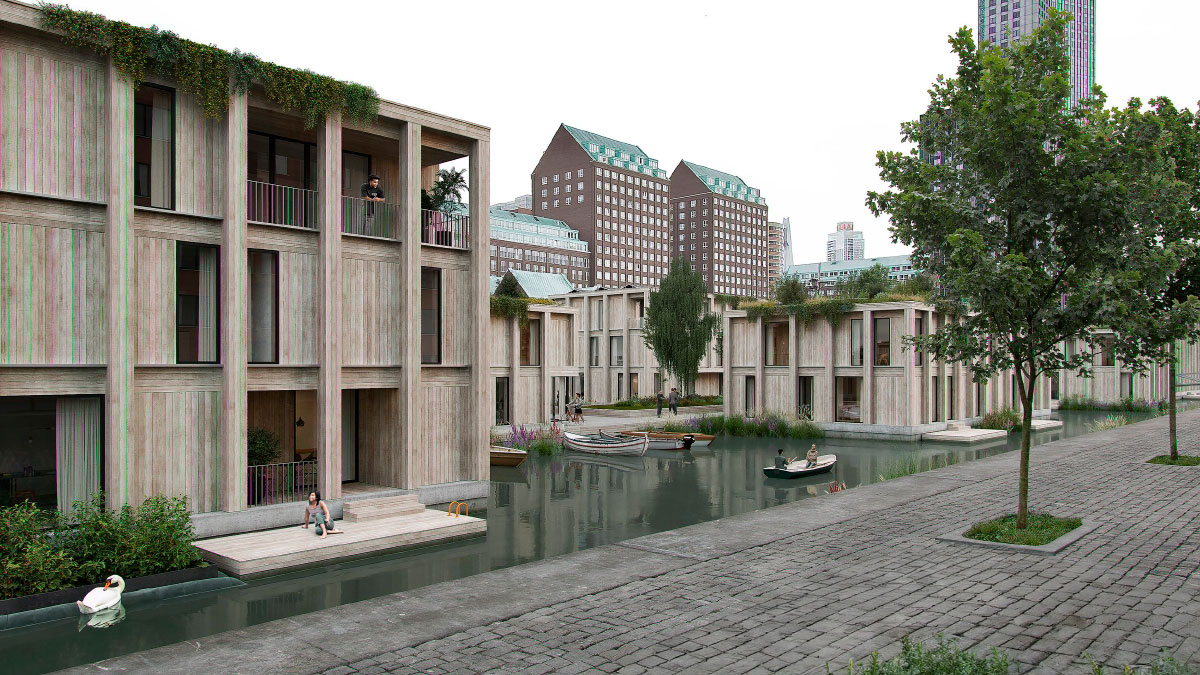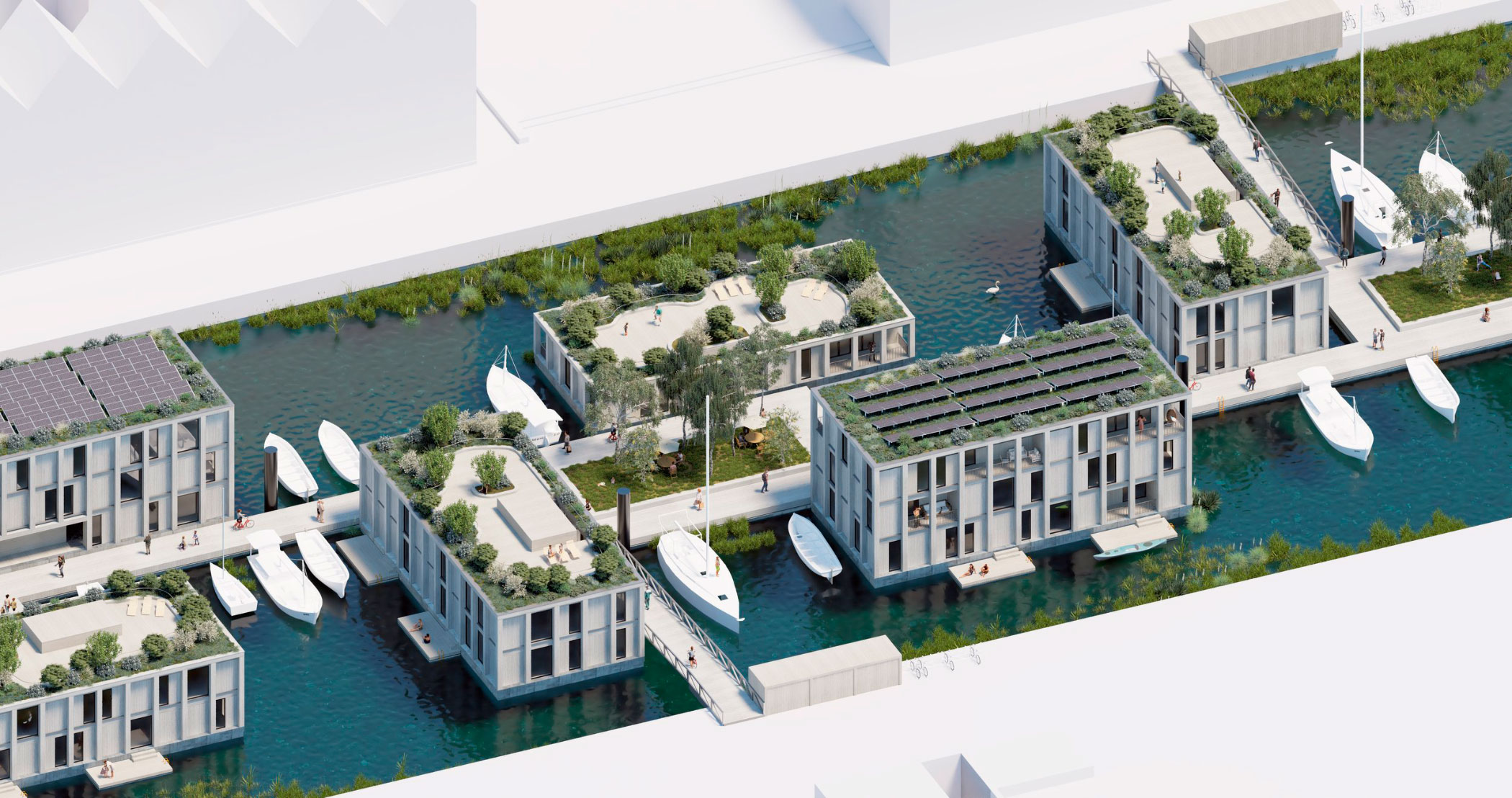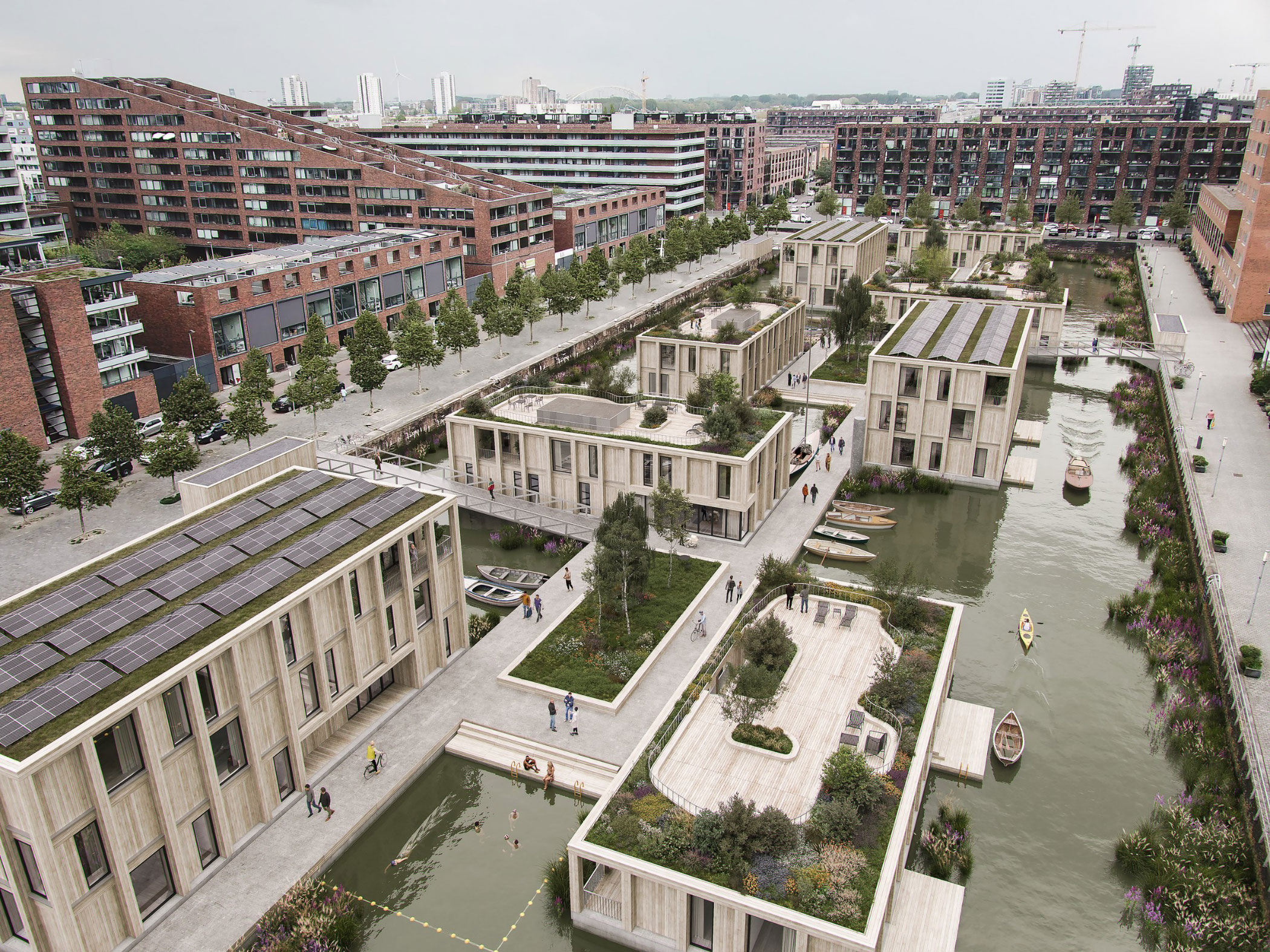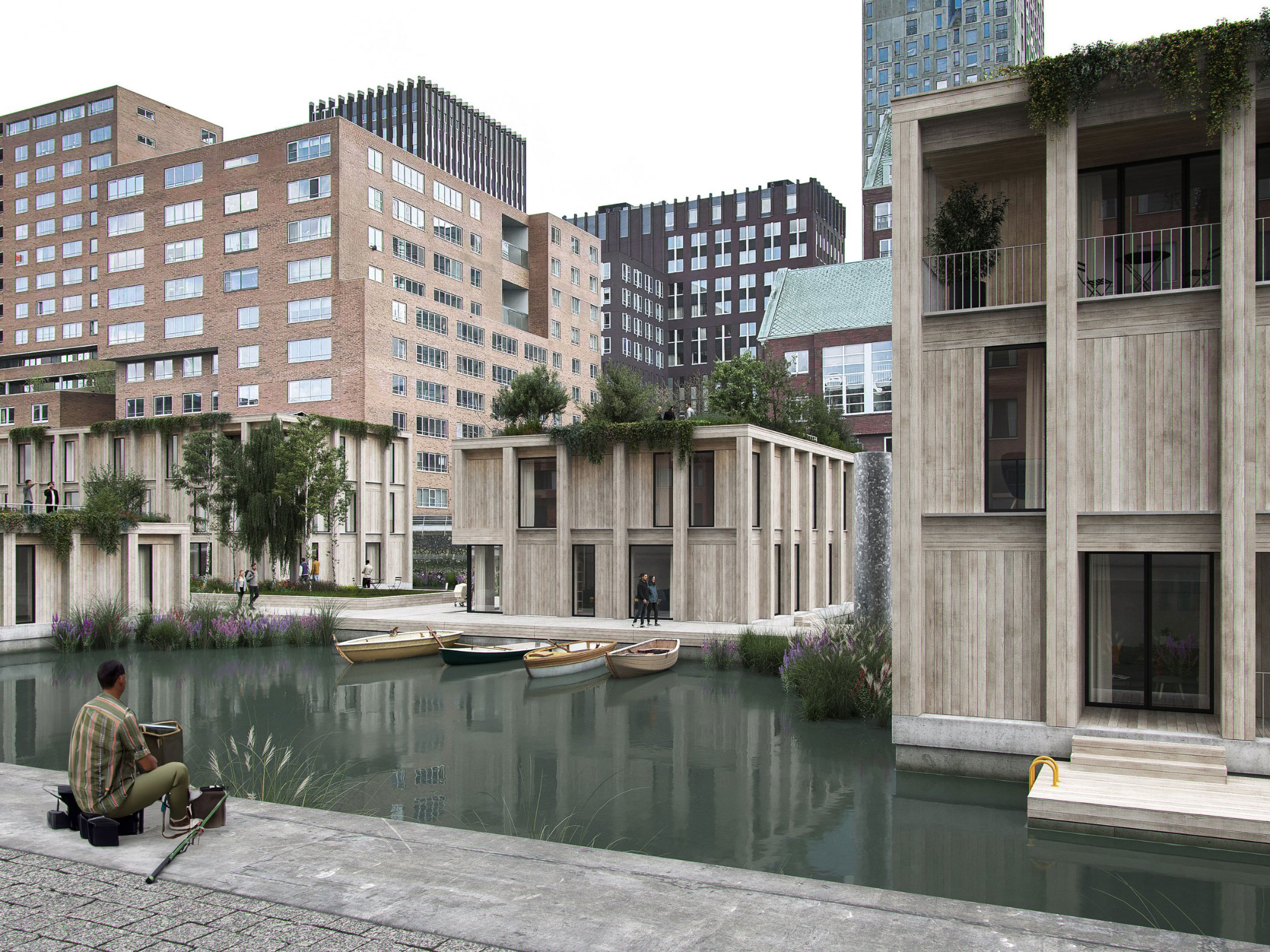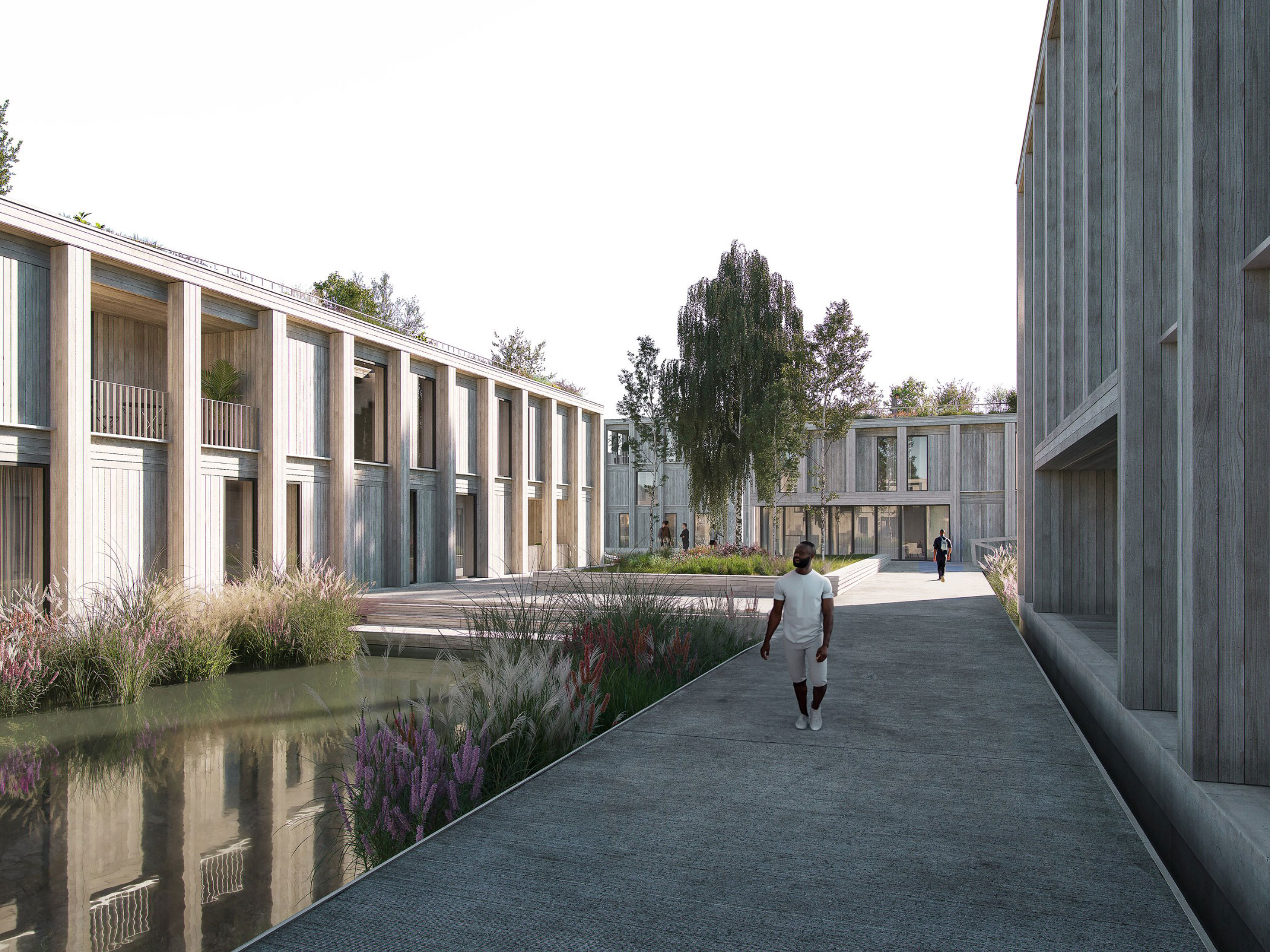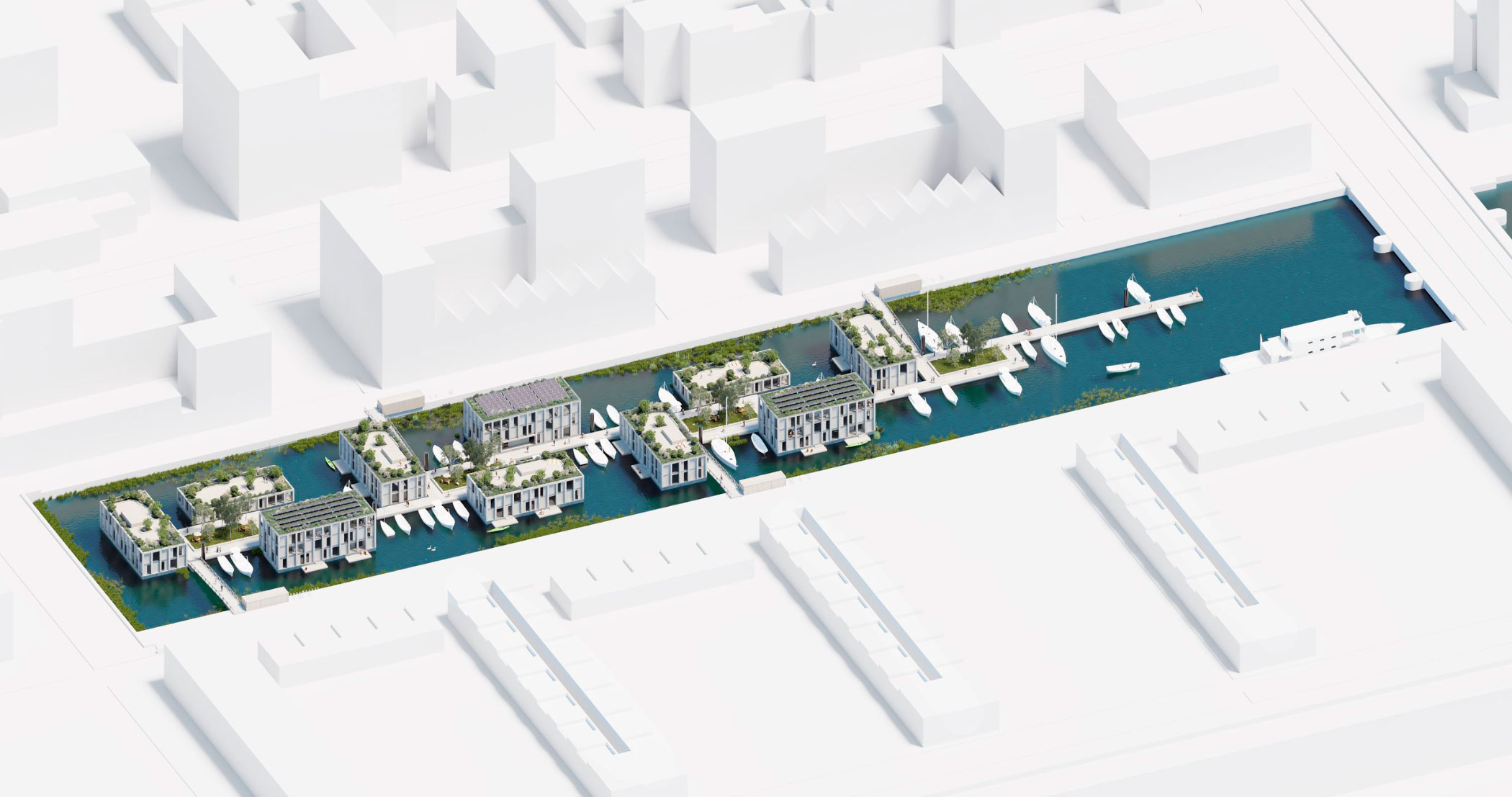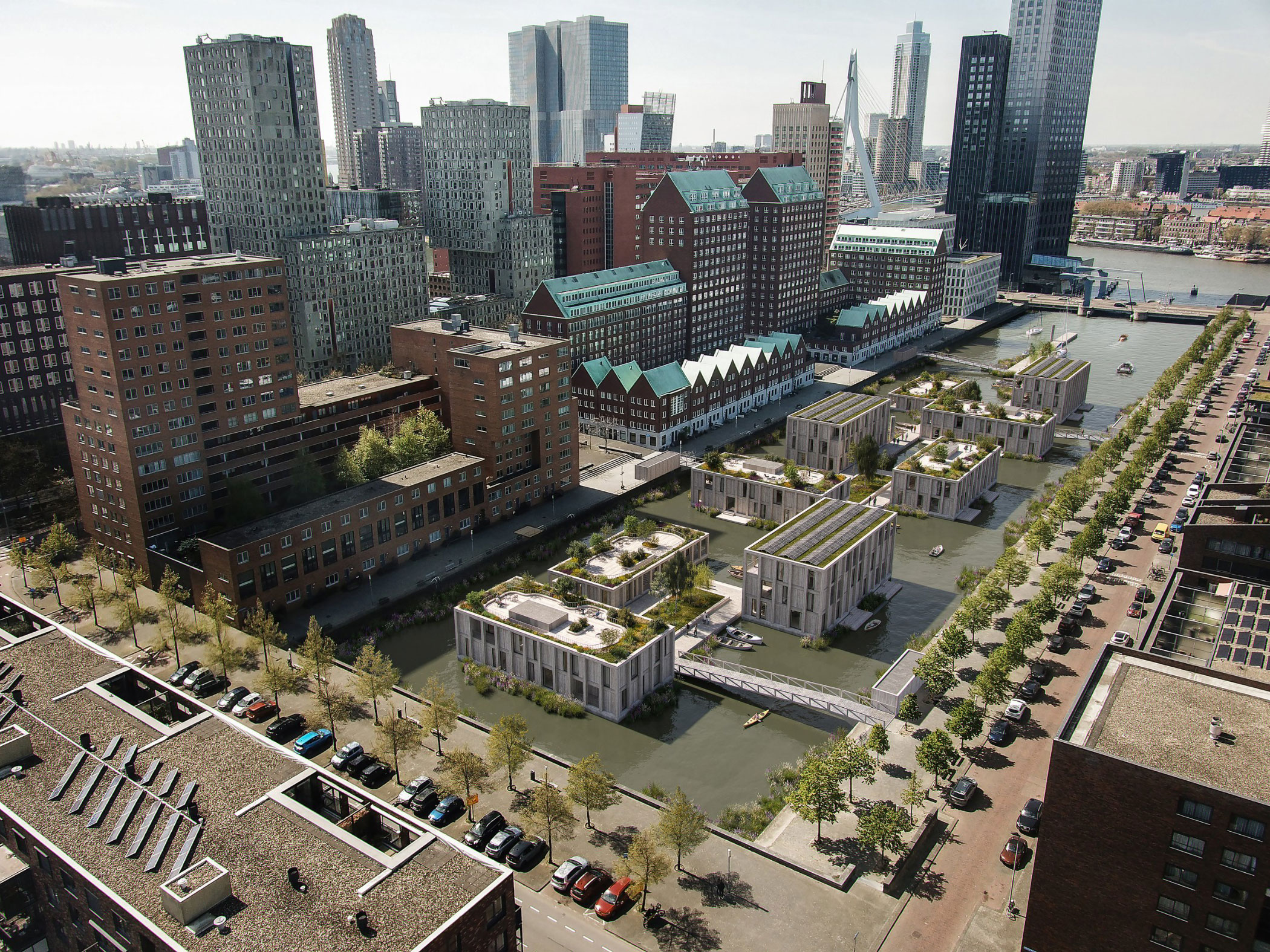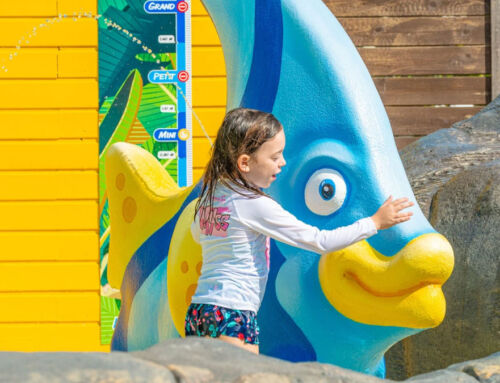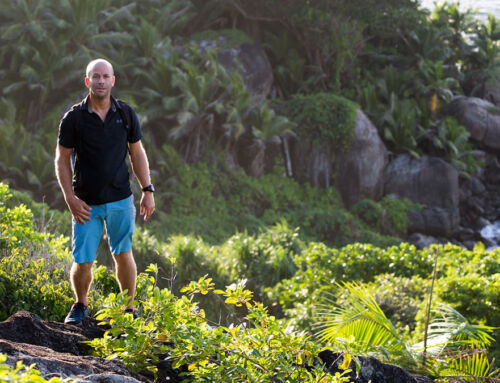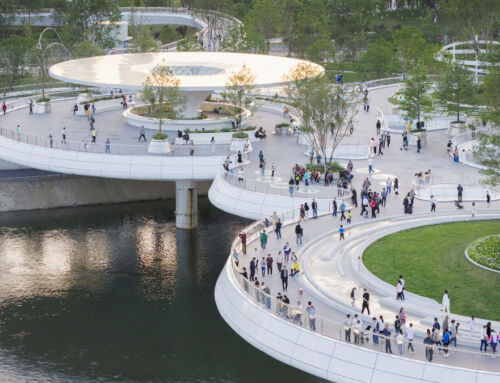The Spoorweghaven basin, on the south bank of the two basins between which the New Mose, a branch of the Rhine River mouth, divides Rotterdam, Netherlands, is a remnant of one of the city’s oldest ports. A public initiative, this port was built between 1873 and 1879 to connect the railway with general cargo shipping. However, as the city grew over the decades, the Spoorweghaven port lost its appeal for shipping, and around 1988, a century later, most of it was filled in.
So, it became part of the new Kop van Zuid neighbourhood, an urban area that is now well connected to the rest of the city. In fact, it houses some of Rotterdam’s tallest skyscrapers (Maastoren, New Orleans, Montevideo, and the World Port Centre). Well, the Danish, Copenhagen-based architectural firm MAST, presents an innovative floating residential project for its location within the surviving Spoorweghaven basin.
According to the studio’s authors, the 12,000 m2 residential development will address the city’s “severe housing shortage” and the difficulties, “largely due to a lack of buildable land,” facing “plans to build 1 million new homes by 2030.” Given this situation, planning a floating neighbourhood of 100 low-cost apartments, including commercial space and a new marina, seems especially plausible. From another perspective, the Spoorweghaven residential complex, currently under construction, will be the largest new floating community in Europe.
The modular structures of this residential neighbourhood on the water, prefabricated at another location using cross-laminated timber, will be transported by sea to their final location upon completion. This is an efficient and environmentally responsible construction method that reduces greenhouse gas emissions and the impact on the community. Furthermore, and due in part to its buoyancy, Spoorweghaven offers all the possibilities for future relocation. All of this increases its lifespan and sustainability compared to traditional construction.
Finally, the floating residential development will connect with the city’s extensive cycling infrastructure and promote boat transportation. It will also feature public walkways, green spaces, recreational moorings, and private areas such as terraces and rooftop gardens. Furthermore, to improve water quality and encourage biodiversity to become part of the community, more than 900 m² of floating wetlands will be installed. Who wouldn’t want to live in a place like this?


